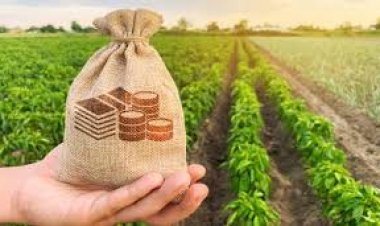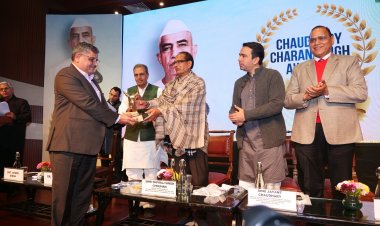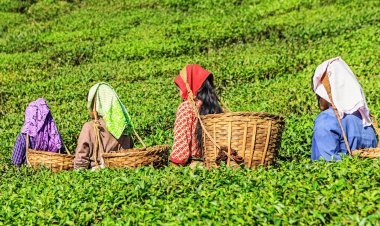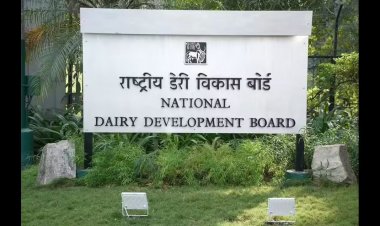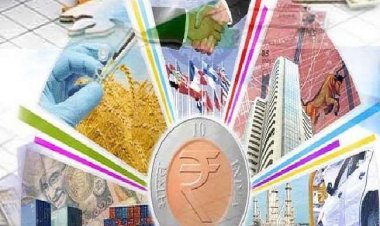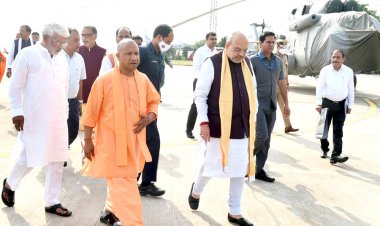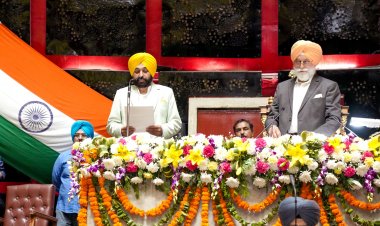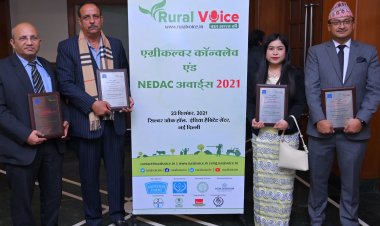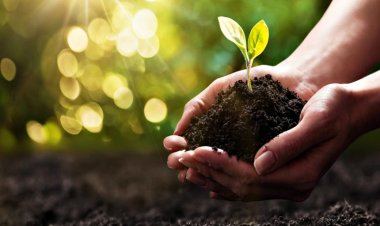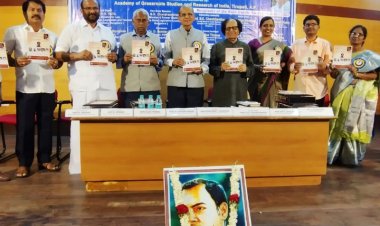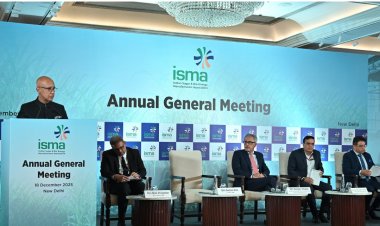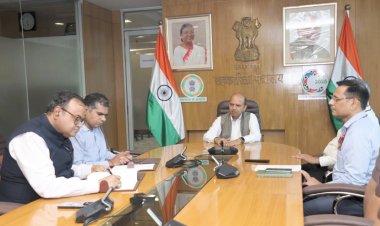India must achieve SDGs fast to eliminate hunger: Dr Paroda
In a Strategy Paper on Indian Agriculture for Achieving SDGs, Dr RS Paroda, presently the Chairman of TAAS, former secretary, DARE and DG, ICAR, says that agriculture sector should be seen as an important sector to achieve the goals of eliminating both poverty and hunger faster as well as ensure nutrition and environmental security and protection of fast-degrading natural resources. If India can accelerate the pace to achieve SDGs, then hunger can soon be eliminated globally. At the same time, food security can be ensured and household nutritional security improved.
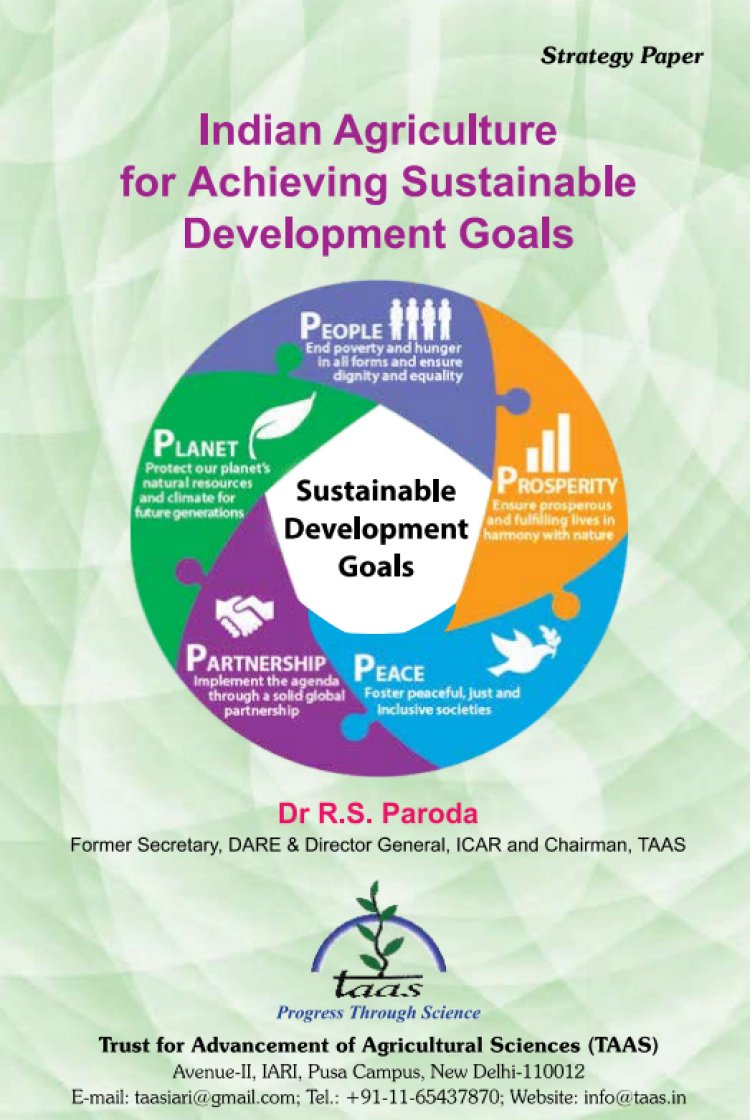
If India can accelerate the pace to achieve SDGs, then hunger can soon be eliminated globally. At the same time, food security can be ensured and household nutritional security improved, says Dr RS Paroda, former secretary, Department of Agricultural Research and Education (DARE), and Director General (DG), Indian Council of Agricultural Research (ICAR).
It is also imperative that policymakers accord high priority to agricultural research for development (AR4D), ensure enhanced allocations (a minimum of 1 per cent of agricultural GDP) to the National Agricultural Research System (NARS) and strengthen the food systems for physical and economic access to resource-poor people residing in rural and urban areas, he says.
In a Strategy Paper on Indian Agriculture for Achieving Sustainable Development Goals (SDGs), Dr Paroda, presently the Chairman of the Trust for Advancement of Agricultural Sciences (TAAS), says that the agriculture sector should be seen as an important sector to achieve the goals of eliminating both poverty and hunger faster as well as ensure nutrition and environmental security and protection of fast-degrading natural resources.
However, the success of achieving SDGs would require a Mission-Mode approach to implement and effectively monitor the progress on defined goals, he feels.
Dr Paroda strongly believes that the SDGs present a unique opportunity for the entire agricultural sector to get aligned for achieving a better tomorrow for the world. Currently, India has the largest number of undernourished and poor people in the world.
The 32 page report authored by Dr Paroda points out that despite witnessing Green, White and Blue Revolutions- having attained impressive food production of 316.05 mt, horticulture production 341.63 mt, milk production 198.2 mt and both inland and marine fish production of 14.5 mt, meat 8.80 mt, 122.11 billion eggs- India ranks 107th among 121 countries on on Global Hunger Index and the prevalence of poverty is around 21.2 per cent (2020-21).
“Despite physical access, our major aim should now be to provide economic access to available food through effective implementation of the National Food Security Act (NFSA) and other safety net initiatives, especially in the regions/states where maximum poverty and hunger still resides,” says the document.
Dr Paroda has suggested ensuring the meaningful engagement of all stakeholders in the formulation of national strategies, implementation plans and monitoring of the progress towards achieving SDGs, using baseline data for defined goals to be a national priority.
The functioning of the NARS, involving ICAR Institutes and the State Agricultural Universities (SAUs), must involve other stakeholders such as NGOs, FPOs, private sector institutions, farmers and agribusiness entrepreneurs, he says.
Dr Paroda advocates continuous prioritization as well as re-prioritization for development research portfolio in tune with the fast-changing global, regional and national needs. The ‘top-down’ approach adopted in the past will have to be changed to make it a ‘bottom-up’ approach.
A shift from project to programme mode and also from commodity/crop to farming system mode is urgently warranted. In this context, focus on crop diversification, hybrid seeds/high-value crops, biotechnology, ICT, GIS and good agronomic practices (GAP) would help in doubling farmers’ income and attain resilience in agriculture with efficient input (water, fertilizers, chemicals for pesticides) use.
Adopting eco-friendly and climate-resilient technologies, with emphasis on efficient farming systems in different eco-regions and strengthening of activities for improving soil health through organic matter recycling, conservation agriculture, efficient and need-based use of nutrients, using decision support systems and soil test results, improved water use efficiency using micro-irrigation techniques, etc. will help resilience in agriculture, he opines.
Dr Paroda advocates making the best use of available knowledge and technologies through i) defining recommendation domains (technology targeting); ii) increased investments (almost double) in managing efficiently land and water resources; and iii) strengthening input delivery as well as market linkage mechanisms.
He says that the National Livestock Mission should focus particularly on quality feed and fodder, improved risk coverage including animal insurance, conservation and improvement of indigenous breeds; higher productivity and production; value addition; enhanced livelihood opportunities; increased awareness; and better availability of quality animal products to the consumers at affordable price.
There is a need for developing new agri-food systems for pre- and post-production management through processing and value addition and by ensuring no wastage of food both during storage, transportation and consumption, he says.
Dr Paroda is of the opinion that knowledge updation of farmers on new technologies, practices and recent advancements is a must as against providing subsidies. Multilateral and multi-sectoral technology transfer mechanisms for linking science to society with a greater emphasis on attracting and retaining youth in agriculture, especially through diversification, secondary and specialty agriculture are to be strengthened to empower farmers.
Dissemination of available high-value technologies; market linkages through e-NAM, revision of APMC; provision of pledged storage; developing and providing need-based technologies for immediate use and also for anticipatory long-term needs of farmers/industries/consumers is now needed. “We need to remain competitive in order to take full advantage of globalisation of agriculture and have an advance preparedness for emerging new WTO regime,” he says.
India must increase substantially its capital investments for creating much-needed infrastructure, available by involving both public and private sectors, especially in the eastern and north-eastern regions so as to capitalize on rich natural resources that have great potential for faster agricultural growth and evergreen revolution.
SDGs have several interconnected goals and, thus, require an effective coordination and convergence mechanism at all levels through an inter-disciplinary and inter-institutional/departmental approach to draw collective strength for the desired impact. Such a coordination mechanism has to be top-down for effective monitoring and evaluation, Dr Paroda says.
Widening the policy space with much-needed faith in agricultural science and new technologies without fear and with a human face is very much needed for accelerating growth. Therefore, an aggressive approach to policy advocacy and reforms is urgently warranted for scaling innovations for achieving SDGs in the given time frame, i.e., 2030, Dr Paroda suggests.



 Join the RuralVoice whatsapp group
Join the RuralVoice whatsapp group

















